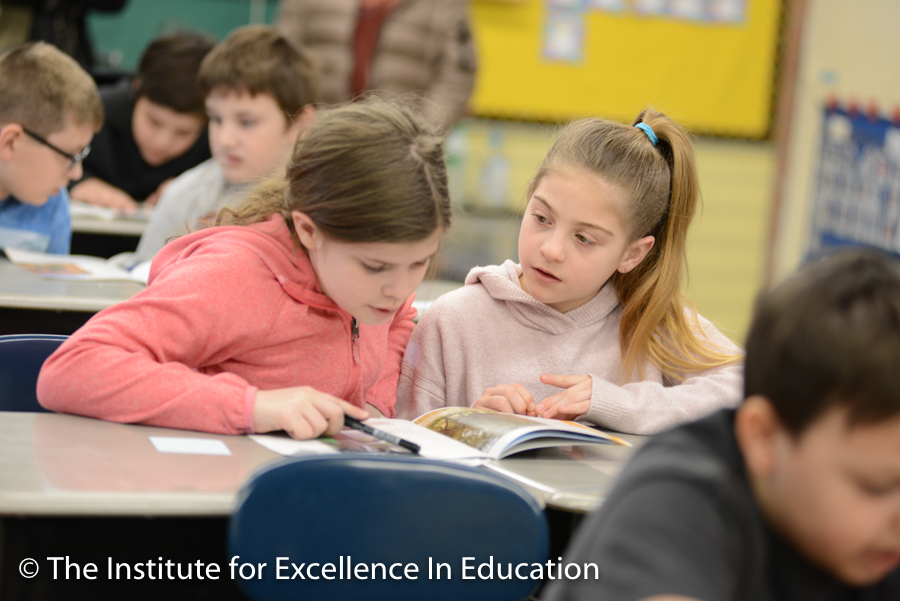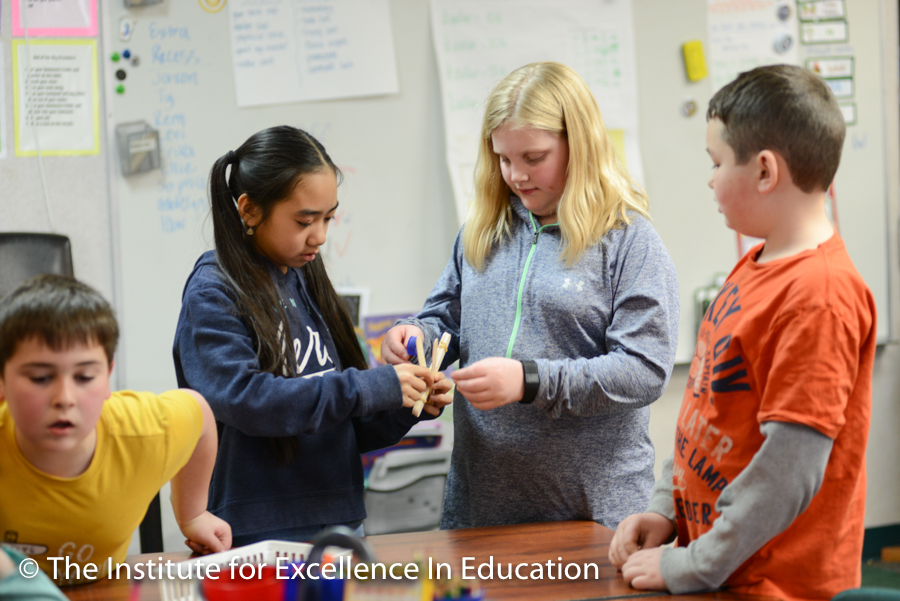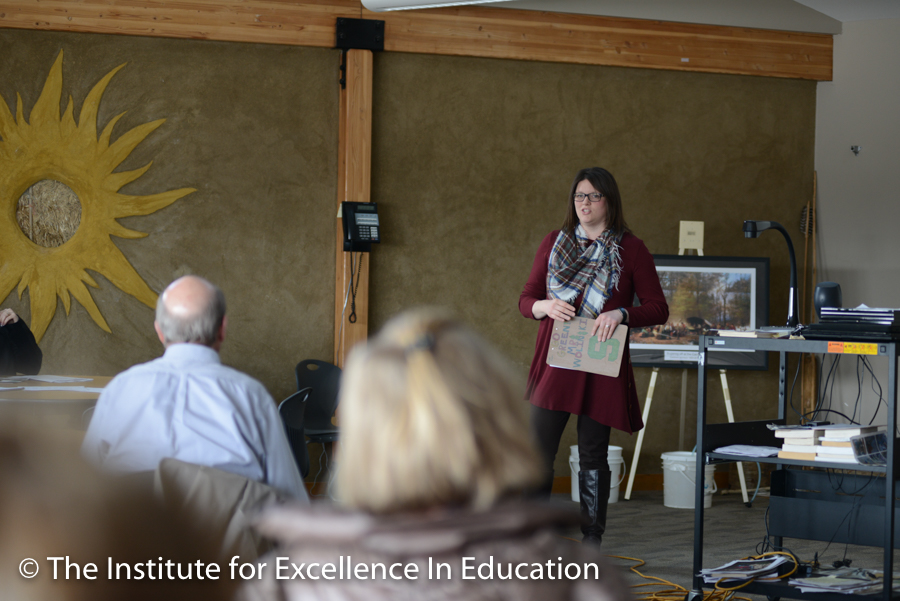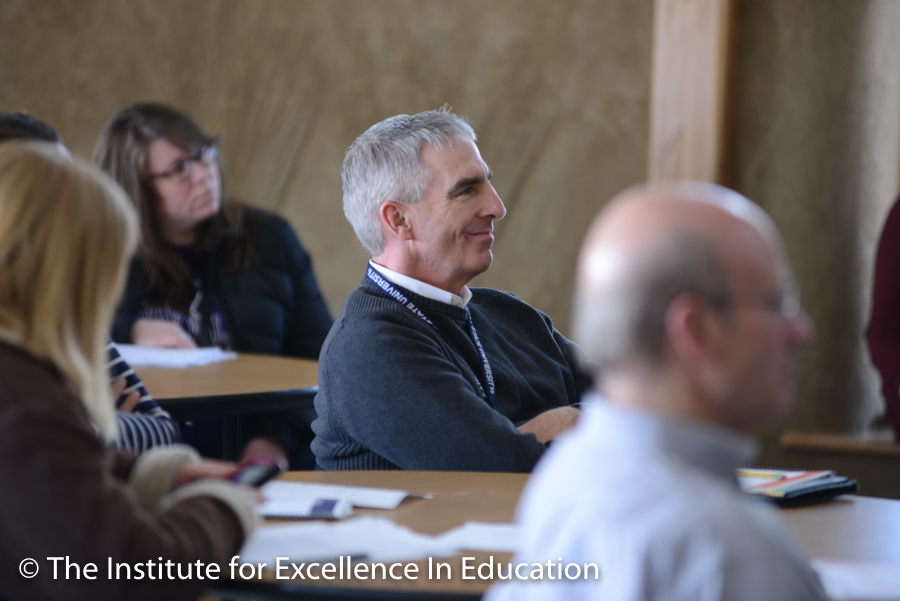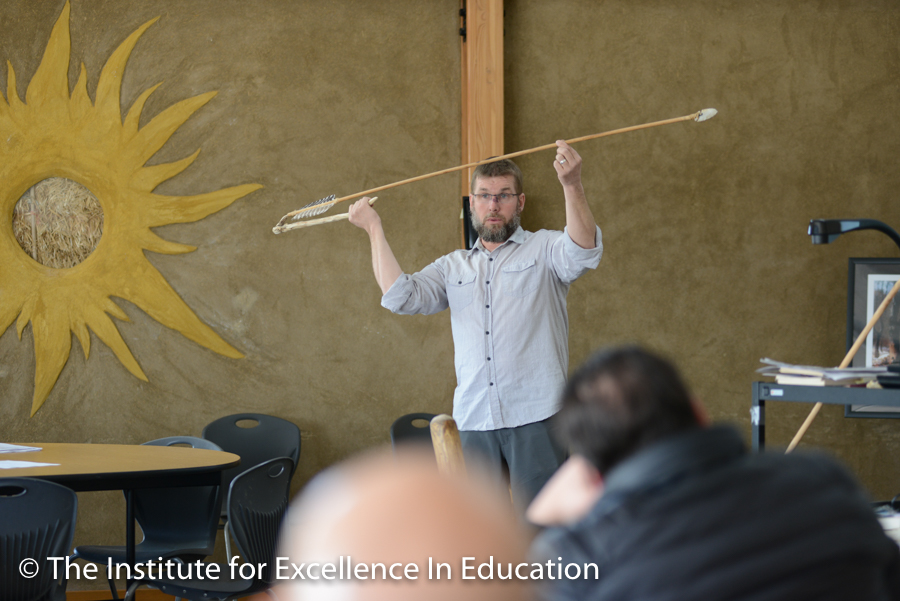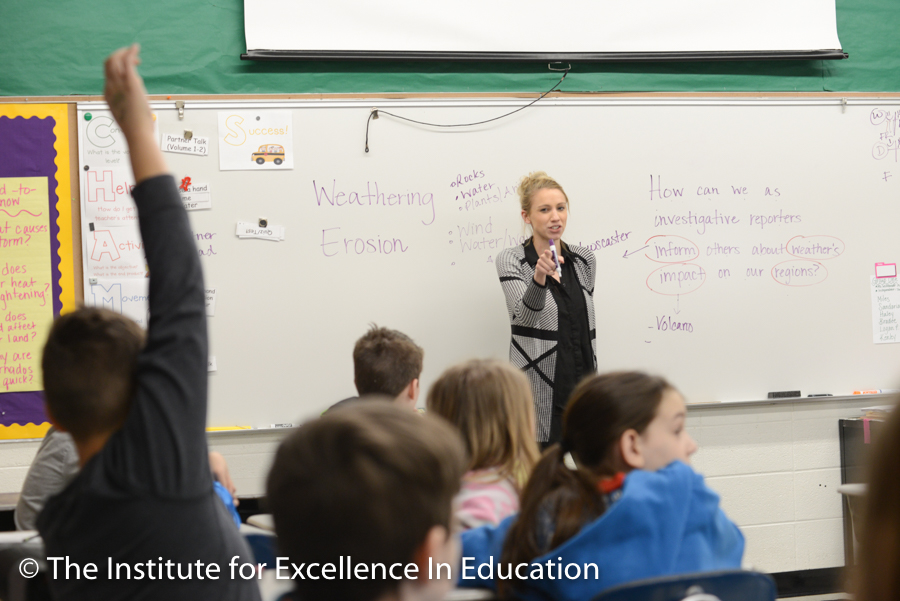The 2019 Ultimate Bus Tour visited two Michigan charter schools, Meridian Public Schools in Sanford and The Chatfield School in Lapeer. Both have shifted instructional practices to meet the demands of today by making Project Based Learning (PBL) the center of their teaching and learning.
Here’s what our participants had to say about this experience!
GOTS:
- A better understanding of the goals of PBL
- Realizing my school’s schedule would have to really change to make this happen.
- The staff at both schools committed their time to this
- I LOVED Chatfield!
- Both schools’ atmosphere seemed warm and welcoming-clean and simple too in terms of hallway décor.
- Outstanding ideas in PBL. I loved the Ecology lab at Chatfield. I loved that the teachers showed so many ideas and handouts at Chatfield
- Reinforced ideas of how PBL can increase student engagement and provide meaningful ad memorable contexts for learning.
- LOTS! Lots of ideas, strategies and energy. PBL at its core (Chatfield) and in a more traditional setting (Meridian). Both great learning experiences. By the way- the conversations on the bus were focused on professional growth and networking.
- Even though both schools were so different from each other, the commitment of the staff to PBL is so obvious. I also like how I heard multiple times at Meridian, “opportunity and equity”
- I very much liked the Meridian model. It seems that combined content classes naturally fits PBL.
- Amazing things can be done when you make a great schedule and collaborate.
- Don’t be afraid to take risks
- Open spaces are fantastic.
- If you think they can’t, they can with guidance, practice, and an embedded culture.
- Spark of excitement
- The understanding that you can just start somewhere, and projects develop over time.
- Tracey and Blake’s efforts are appreciated.
- PBL success greatly depends on teacher’s willingness to take risks
- PBL provides opportunities to teach students life skills
- Relevance
- PBL concept and goals
- Big goals take big time.
- Culture of Learning
- Staff in it for kids first
- Project centered
- That PBL looks very different from place to place, classroom to classroom, grade to grade. All based on the vision and goals of the school and the collaboration of the teachers and the resources/experts available.
- Today reinforced the value of student engagement. As students become increasingly connected to their own learning, enthusiasm rises exponentially.
- Also, the importance of stable, strong school leaders was underscored.
- Exposure to different models of educating students.
- Students critically thinking and problem solving in regard to tasks and challenges
- Thanks for putting up these tours. They were very insightful.
- I left feeling validated in the belief education needs to change in regard to teaching for a test instead of preparing our children for a successful life.
WANTS:
- What is a reasonable timeline for integrating PBL into a classroom?
- Where should a school start when integrating PBL? – one grade or content?
- Grants to share with my schools so that they can implement more PBL experiences. I love the field trips but how can schools pay for this?
- More information about partnering for PBL – schools and /or organizations like New Tech Network
- Creative ideas for PBL to help get started. I have been to a few sessions on PBL and am aware of the bie.org website but would like any other resources I can get.
- I am also curious how the transition is of schools when they leave Chatfield and go to a “regular” HS.
- Let’s get more people involved!
- What are some good resources for curriculum integration?
- How well do Chatfield students integrate into their respective high schools?
- PBL requires students to think differently than in a traditional classroom environment. When students have experience in PBL environments, that is a fine but how can you teach a PL mindset to a student that has no experience with it and no other classes that use it?
- To return to both sites and sit in the classrooms during instruction.
- More information on the resources they use -curriculum, novels etc.
- How did you get teacher buy in?
- What was the process of implementation and what did you want it to look like at every stage?
- Nothing at this time. Thank you!
- Curriculum alignment workshops.
- More opportunities to visit model schools
- To help every kid based on need.
- See more schools
- See more! Love to see more schools
- How to start small in lower elementary and how to draw awareness to the need for more support at that level
- How to present projects and who do you present to at the lower elementary?
- I wonder why MDE and others “in power” do not insist upon these strategies.
- I want this PBL shift in educational thinking to begin right now! We should be building children’s softs skills and letting go of teaching for a test score.
- What process was used for student and staff buy-in?
- Is there any data to suggest success in an urban district?
- Any urban distracts with successful implementation?
- Look at MSTep/SAT assessments.
- How IEE conducts data dialogue meetings with schools -teams -grade levels
More about Project-Based Learning (PBL):
In project-based classrooms, learning begins with an entry document that introduces the end product students are expected to produce and asks the driving question(s) that the project should answer. Students then read and discuss the entry document to generate their list of “Need-to-Knows” that will guide the learning required to complete the project.
Using the list of students’ Need-to-Knows as their guide, teachers plan workshops, activities, discussions, guest panels, etc. that will provide students with the content knowledge and skills necessary to answer the driving question(s) and complete the project. As students work and collaborate in groups, they generate more Need-to-Knows, which are added to the list. In this way, students and teachers share control of the course content until the project is complete.
In this ever changing world, we as educators need to adapt to the technological environment that allows students to focus on the demands of the 21st Century, including STEM, TechTrades and New Collar jobs.




